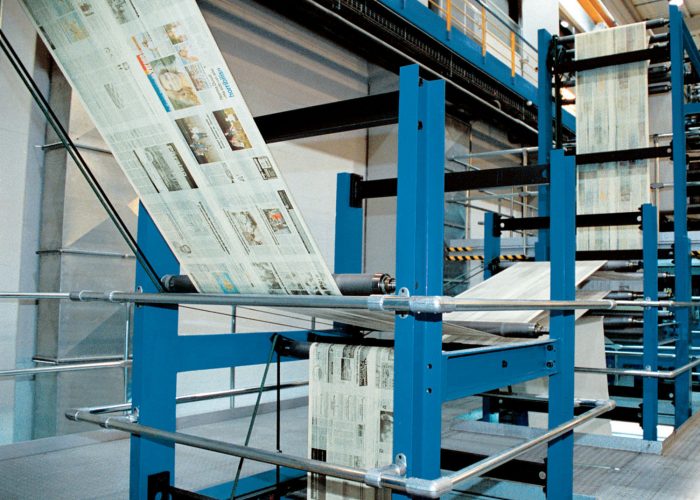



Digital printing market analysis shows that the industry is better suited to the changing demands of print buyers — and importantly, to end consumers of print – than offset is.
DIGITAL printing market analysis shows that the industry will grow from US$131,5 billion in 2013 to US$187,7 billion in 2018, a compound annual growth rate of 7,4 percent.
Digital printing trends dictate that the share of the total print market will grow from 9,8 percent in 2008 to 20,6 percent in 2018, with inkjet growing faster than electrophotography. All the offset processes will see their value shares fall, particularly in web offset.
A new study from Smithers Pira — The Future of Offset vs Digital Printing to 2018 — shows how the issue of direct competition between digital and offset printing is a daily occurrence for print service suppliers, in determining which process they should use for a particular job.
In 2008 all digital printing accounted for a little under 18,5 percent of the offset market in value terms, by 2018 it will be worth almost 50 percent of the offset sector across the world and higher in the more mature print regions. Digital’s share of the offset volume is much lower, reflecting the much higher unit costs being obtained for digital print than for offset. The volume of all offset prints will fall by 10,2 percent across the world between 2008 and 2018, while digital print volume is forecast to grow by 68,1 percent.
The economics of offset and digital processes continue to evolve. Digital printing trends in improvements in productivity and reliability are making digital printing more cost effective over higher runs. Digital print can be produced quickly, with no time in platemaking, reducing the turnaround time of jobs. More printers will add a digital printer or press to their production armoury to optimise output and minimise unit costs.
Innovative use of digital printing for new products, while improving service levels, can help printers avoid offset printers becoming a commodity. Smithers Pira forecasts that digital printing trends will impact a strong growth in the industry from 2013 to 2018, led by inkjet technology.
Digital printing market analysis shows that the industry is better suited to the changing demands of print buyers — and importantly, to end consumers of print – than offset is. Primary research conducted highlights the continuing demands of buyers for lower run lengths and faster turnaround, and the use of versioning and personalisation is continuing.
According to Smithers Pira, the average selling price of all offset print will fall from US$11,43 per 1 000 x A4 prints in 2008 to US$10,16 in 2018, a decline of 11 percent. The situation is different for digital where the average price will increase, from US$92,48 per 1 000 prints in 2008 to US$119,53 in 2018.
The cost make-up of offset and digital print is different. Digital print has a low set-up cost but unit cost per copy is higher than for analogue print methods. Comparing the cost of processes is a useful tool for printers to select the most appropriate process for manufacturing. There are features, such as variable data printing, that will dictate digital, while there are other intangible benefits that buyers or brands will seek to achieve, with personal packaging a good example, where brands seek to engage with consumers and potential customers.
Continuing falls in run length is the key reason for the adoption of digital technology by many offset companies. Smithers Pira’s digital printing market analysis highlights this factor, together with the recent improvements in digital print technology, as the key drivers for the adoption of digital printing.
Based on extensive primary research, The Future of Offset vs Digital Printing to 2018 guides you through market innovations, cutting-edge technologies, industry drivers and digital printing trends, giving you the opportunity to be at the forefront of the industry and ahead of the competition. It compares the prospects for digital (inkjet and electrophotography) and offset (sheetfed, heatset and coldset) printing to 2018.
It also provides quantitative market sizes and forecasts for the offset and digital printing industry, giving comprehensive digital printing market analysis broken down by printing process, end-use sector and geographic region and country.
Follow us on Twitter on @FingazLive and on Facebook – The Financial Gazette